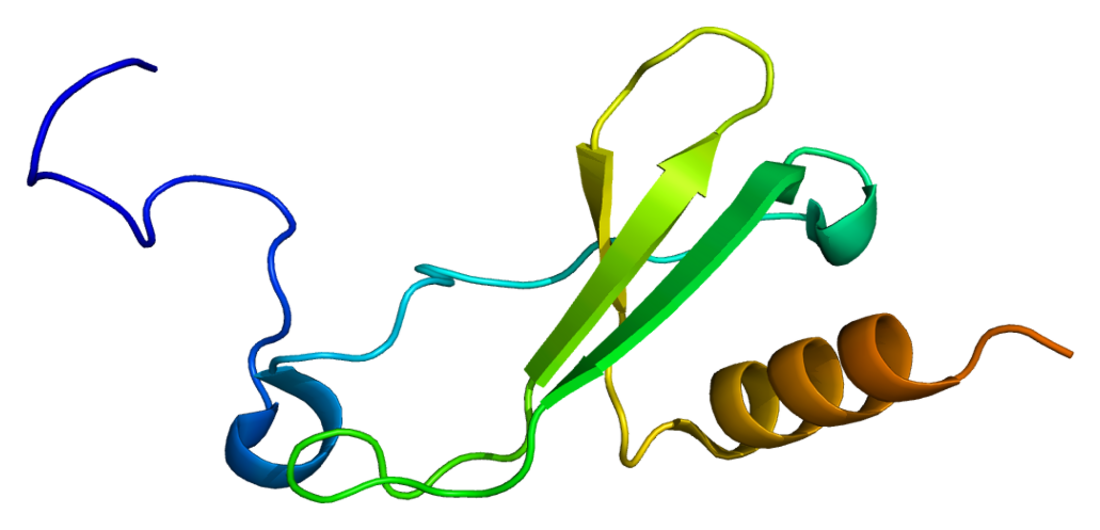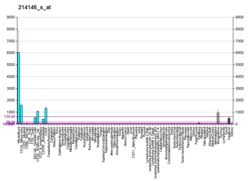CXCL7
Mammalian protein found in Homo sapiens From Wikipedia, the free encyclopedia
Chemokine (C-X-C motif) ligand 7 (CXCL7) is a human gene.[5]
The encoded protein, Chemokine (C-X-C motif) ligand is a small cytokine belonging to the CXC chemokine family. It is an isoform of Beta-Thromboglobulin or Pro-Platelet basic protein (PPBP).[6]
It is a protein that is released in large amounts from platelets following their activation.[7] It stimulates various processes including mitogenesis, synthesis of extracellular matrix, glucose metabolism and synthesis of plasminogen activator.[8][9]
References
Further reading
External links
Wikiwand - on
Seamless Wikipedia browsing. On steroids.






